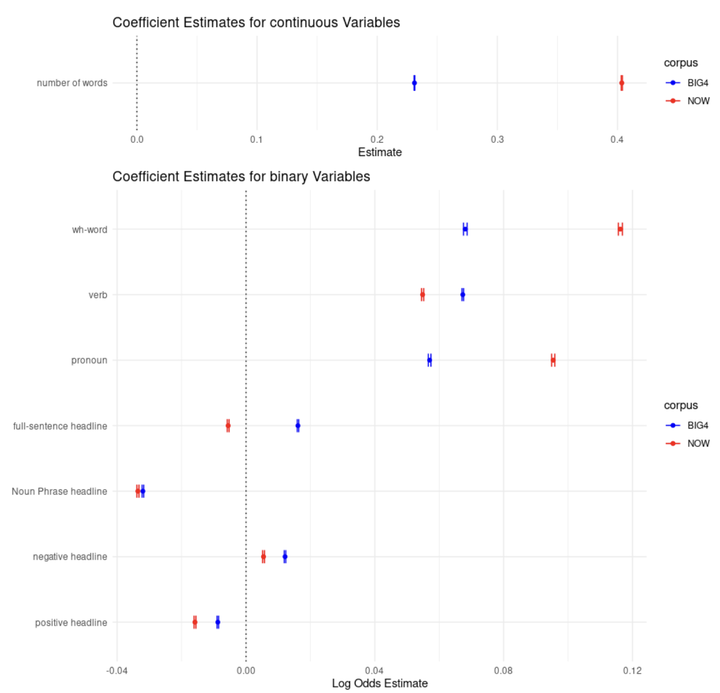The Evolution of Online News Headlines
Abstract
In a crowded marketplace where everybody is shouting, how do people decide who to listen to? As a vendor facing growing competition, what would you shout to get people’s attention? Imagine you had access to everything every vendor has called out, since the market became more competitive. You could study how their language has developed over the years and look for clues about what works: A coherent pattern would indicate an adaptation to the changing system. In the present study, the marketplace in question is the online digital environment, the market cries are news headlines, the vendors are content producers (journalists and editors), the consumers are readers, and the currency is their limited attention. In the digital age, large amounts of content can be produced quickly and inexpensively, and transmitted and stored with high fidelity (Acerbi, 2019). From an economic perspective this represents a contestable market (Munger, 2020): because up-front costs are low, entry to this market is potentially open to many more content producers. An abundance of content means increased competition for limited attention, fiercer algorithmic, social and personal selection, and a higher turnover of content (Lorenz-Spreen et al., 2019), a situation aptly described as an attention economy (Simon et al., 1971). With an overabundance of content, only a small fraction of content eventually reaches the user, even less is ultimately consumed and engaged with (see González-Bailón et al., 2023 for the funnel of engagement). Increasingly, content is readily created to fit demand and further optimized through audience feedback, exploiting human …
